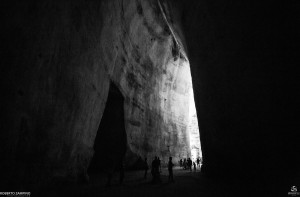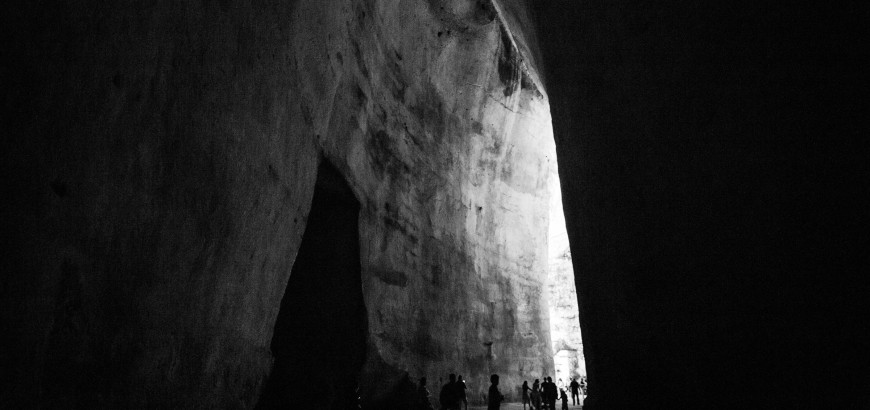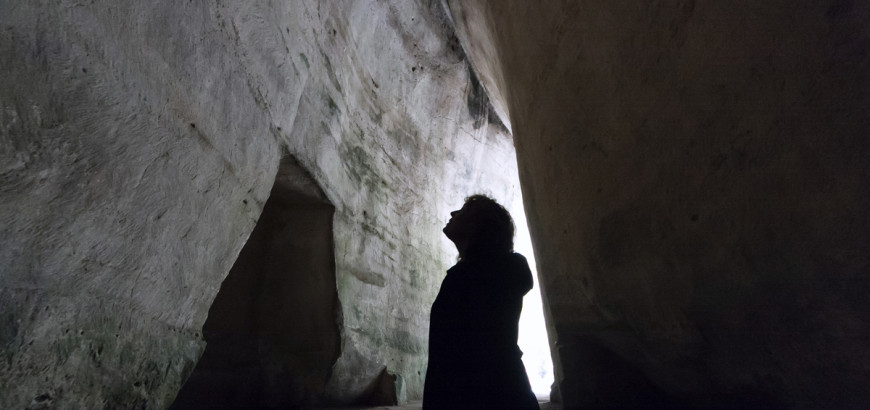
Latomia of Paradise
0931 66206
Latomia of paradise today is a charming and delightful place; originally it was an immense stone quarry mostly covered and subterranean. According to the story of the ancient historians the latomie were also used as a place of segregation.
The greater curiosity for this place obtained by digging a pre-existing aqueduct, 65 meters long, from 5 to 11 meters wide and 23 meters high, is the bizarre artificial cave with surprising acoustic effects. The slightest hiss echoes inside the cave and it is repeated so often and blown out of proportion. These phenomena, the similarity to the ear canal of the human ear and the room that you see at the top right in the entrance of the cave have given rise to the legend that the cavern was dug from the tyrant Dionysius that there locked up political opponents and dissidents, so he could overhear, not see, all their speeches.
The cave was generically called “Cave that speeches“; the name Ear of Dionysius was given by the painter Michelangelo Merisi da Caravaggio, who in 1608 visited the Syracuse latomia led by the learned Vincenzo Mirabella. Inside the latomia, still covered, there is the Rope Makers Cave which, for centuries, thanks to its length and the presence of water, has hosted the art of manufacturers of ropes, the “Cordari”.
The vault is still supported by pillars left by the quarrymen of stones, and you see huge squared blocks hanging from the ceiling like colossal stalattiti and on the walls were excavated funerary Byzantine hypogea from which it comes the name of “Via dei Sepolcri“.
Another cave is inside the latomia, the Cave of the Salnitro (Saltpeter), which derives its name from the particular color of the walls, the same of the mineral.
From a gallery you reach the latomia dell’Intagliatella. Uniqueness of this latomia is the walls formed by the erosion and atmospheric phenomena.


